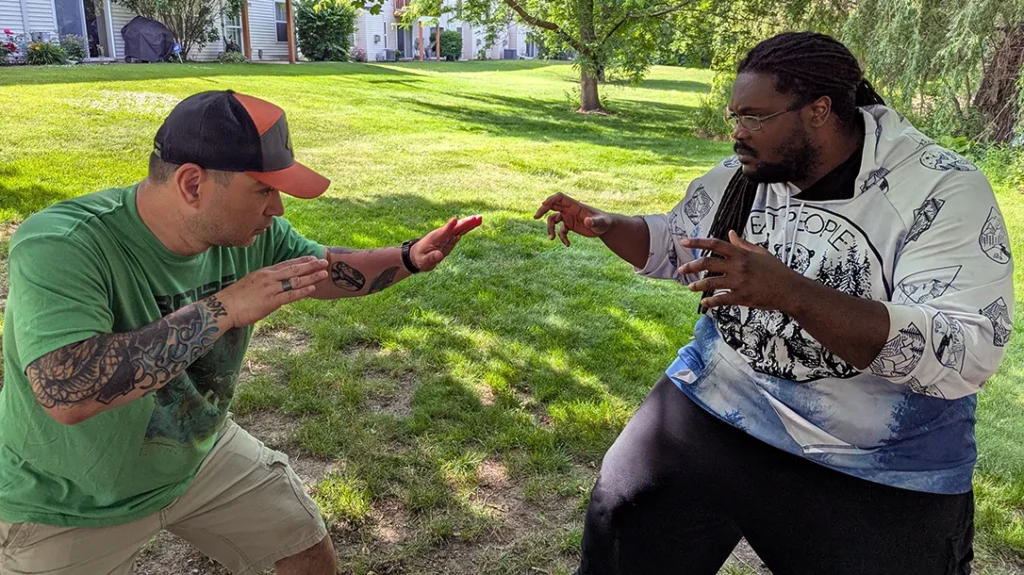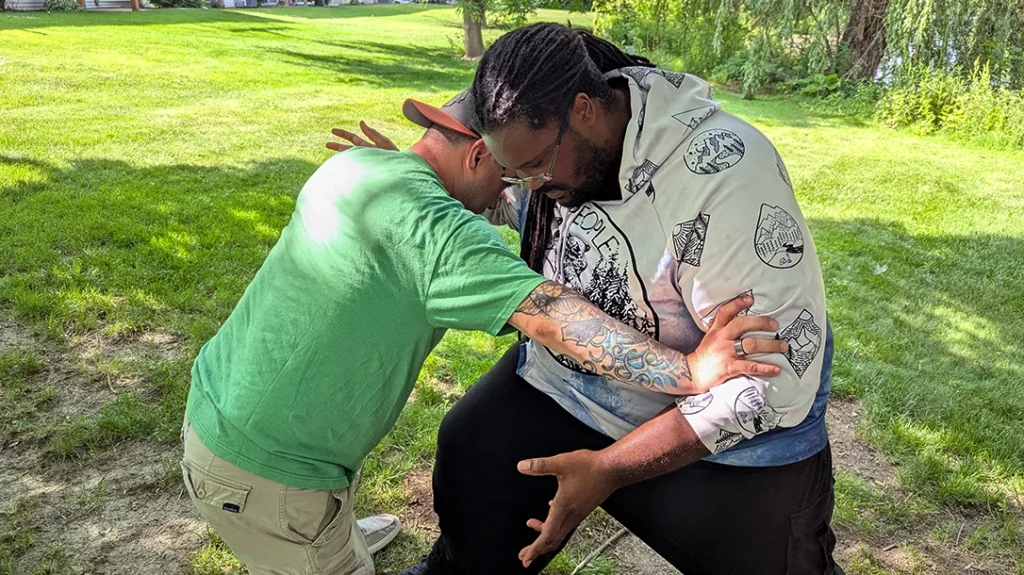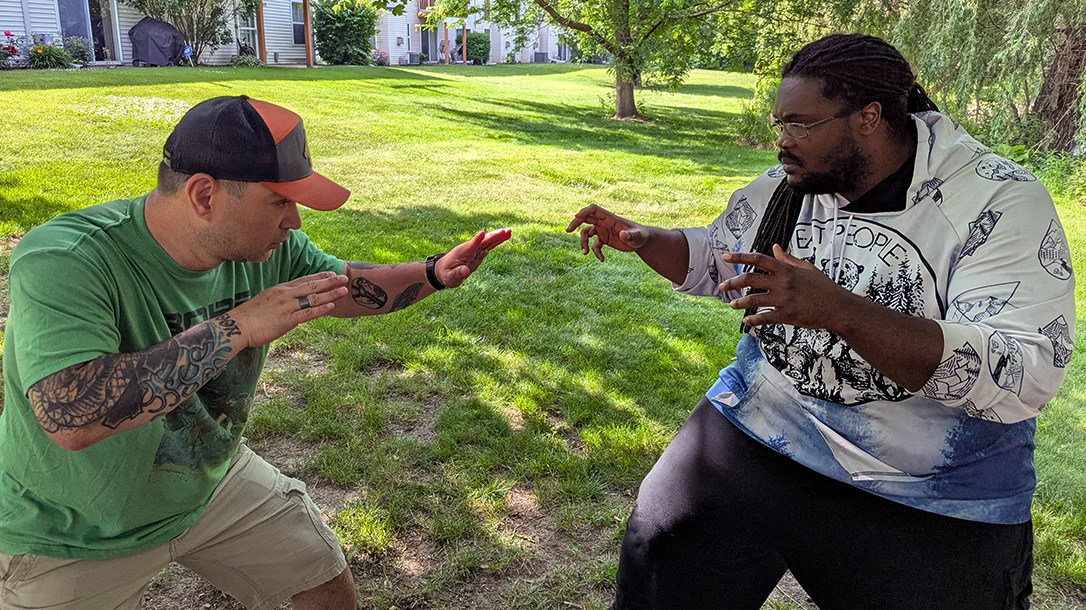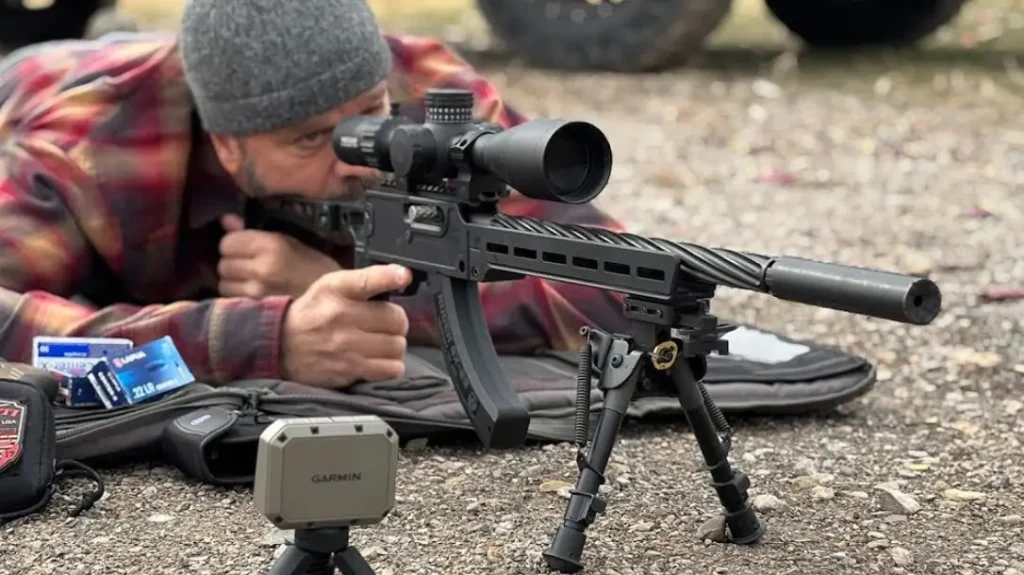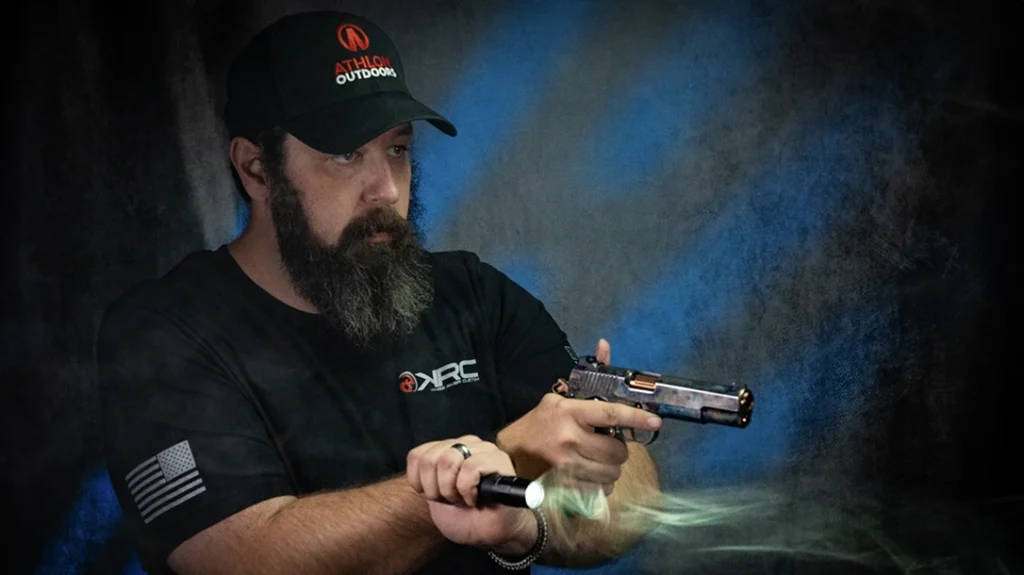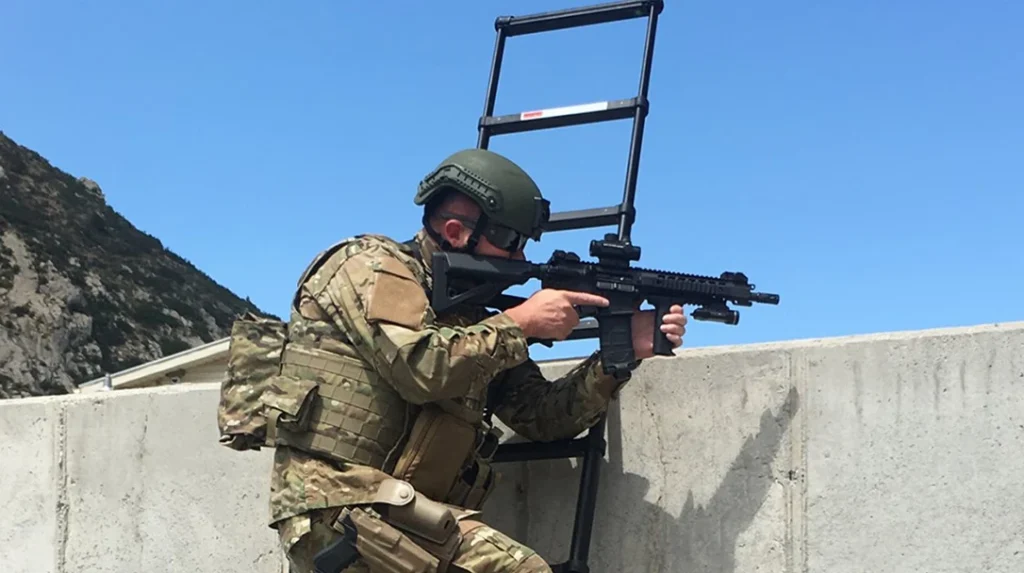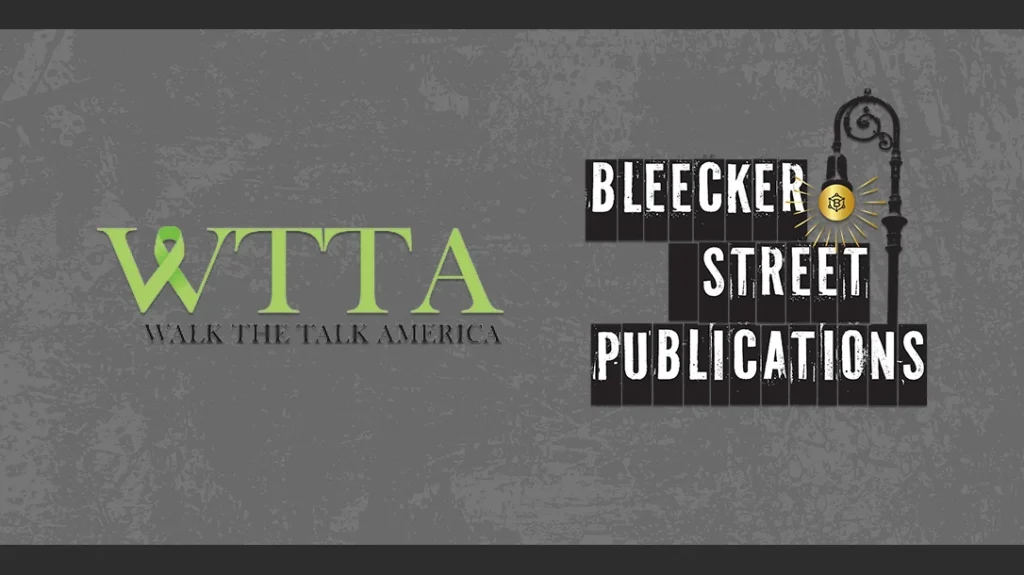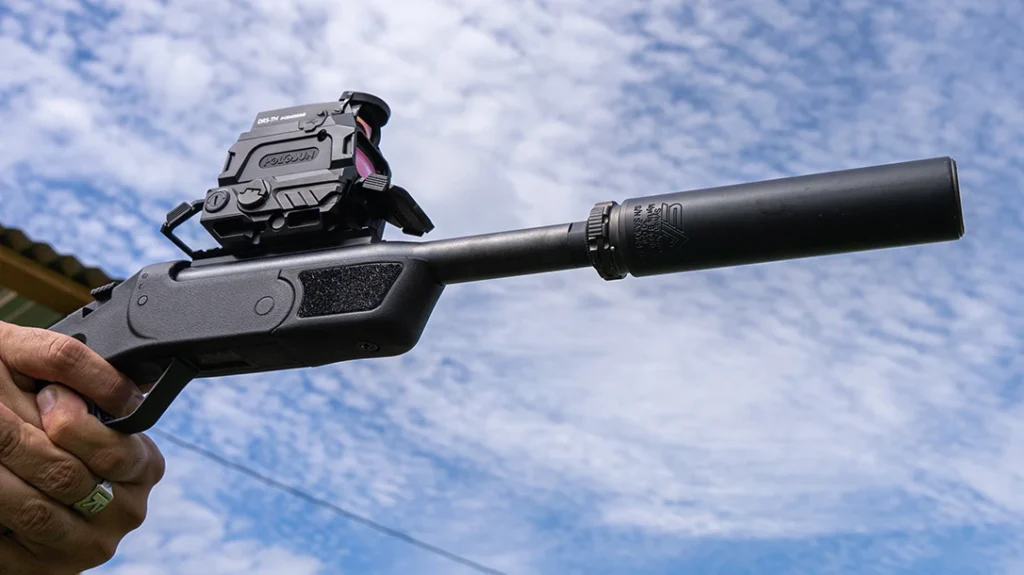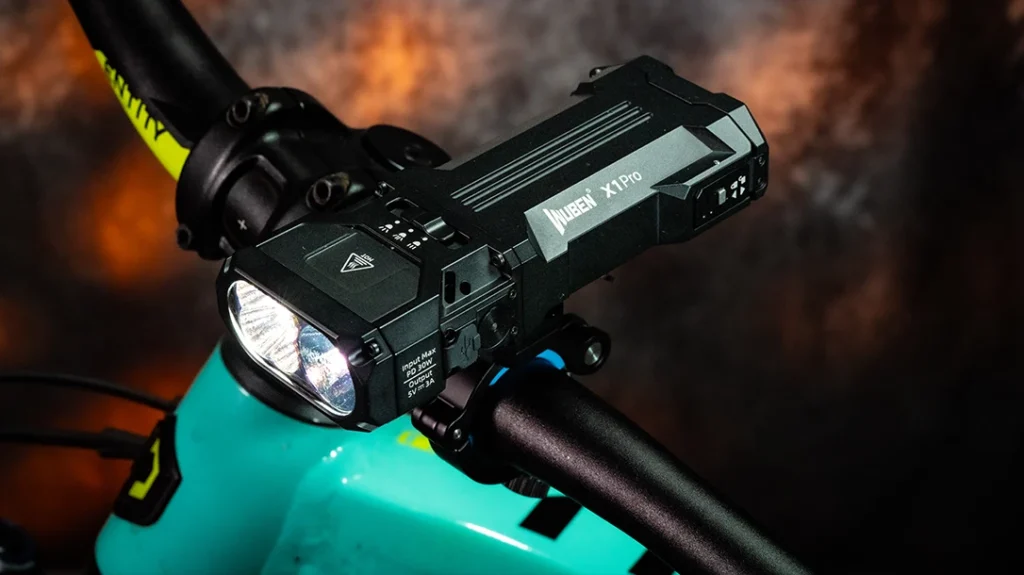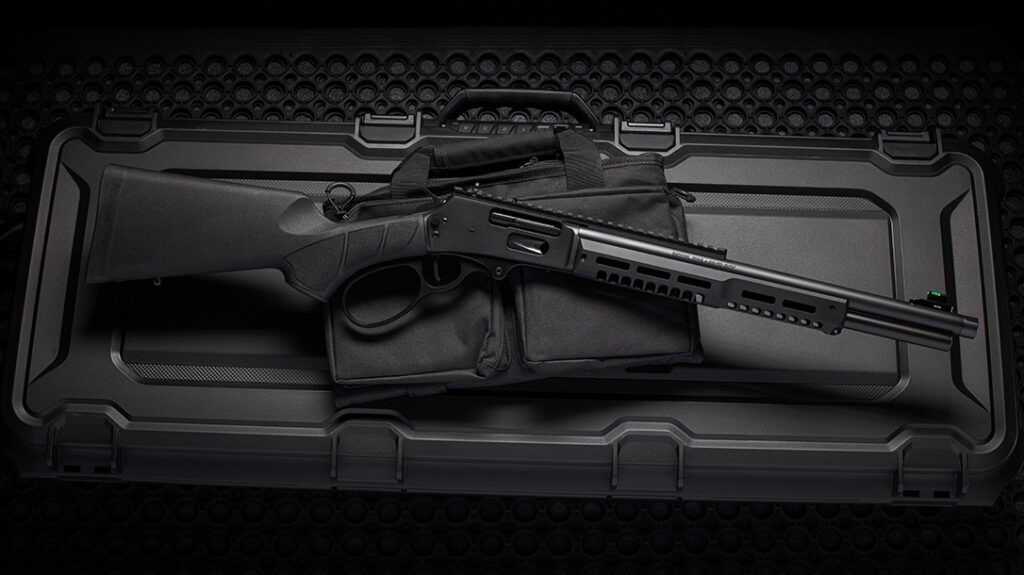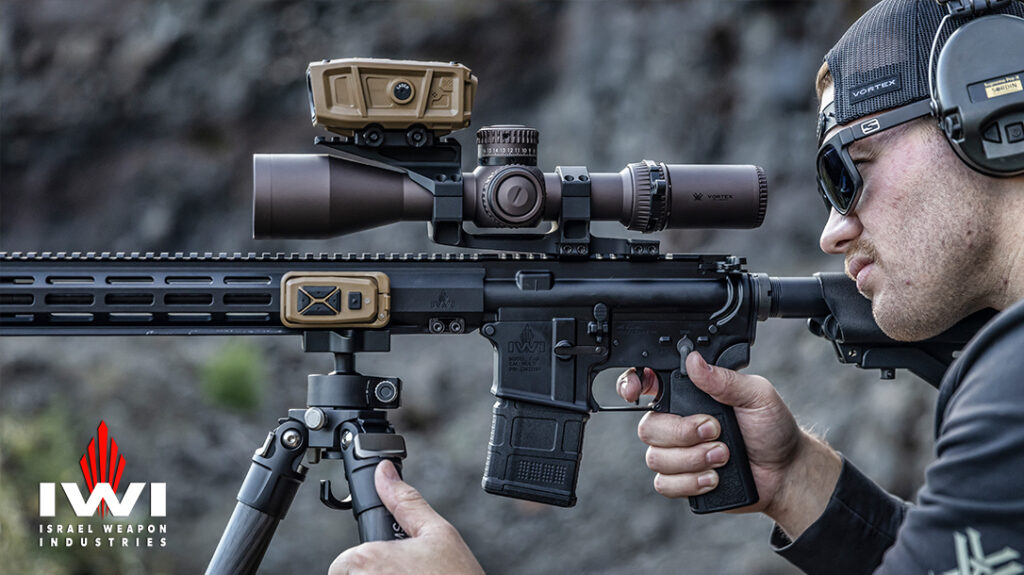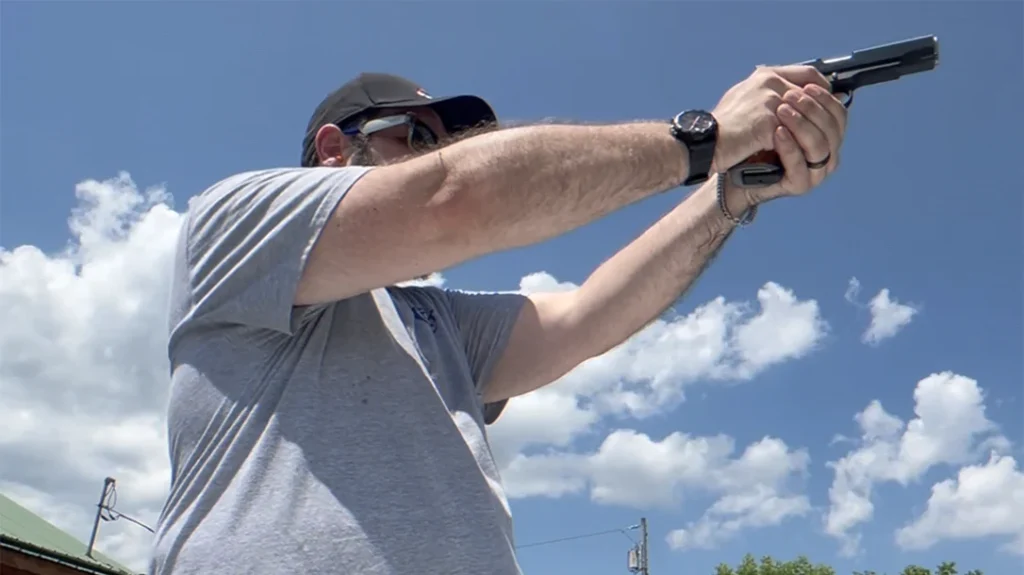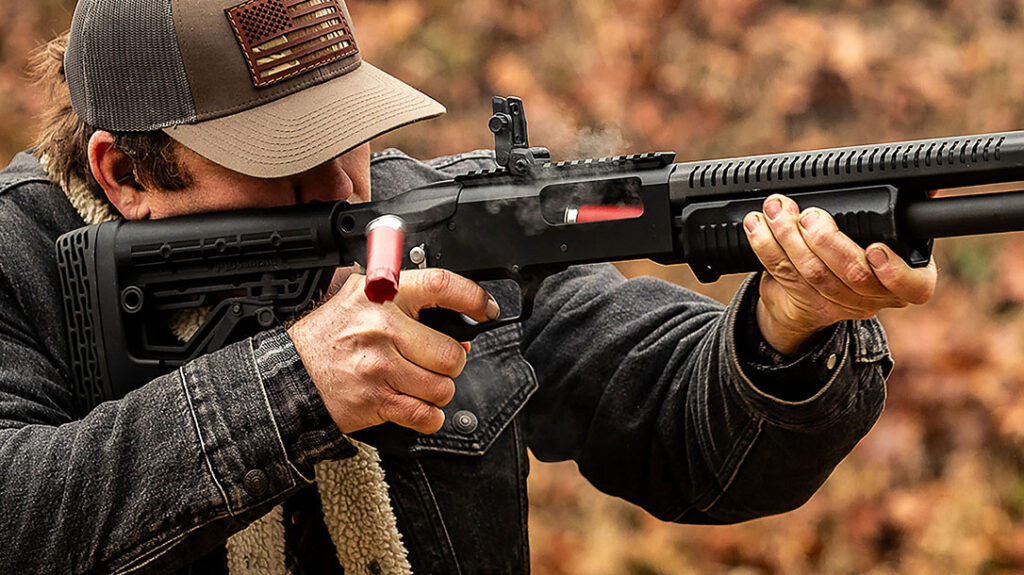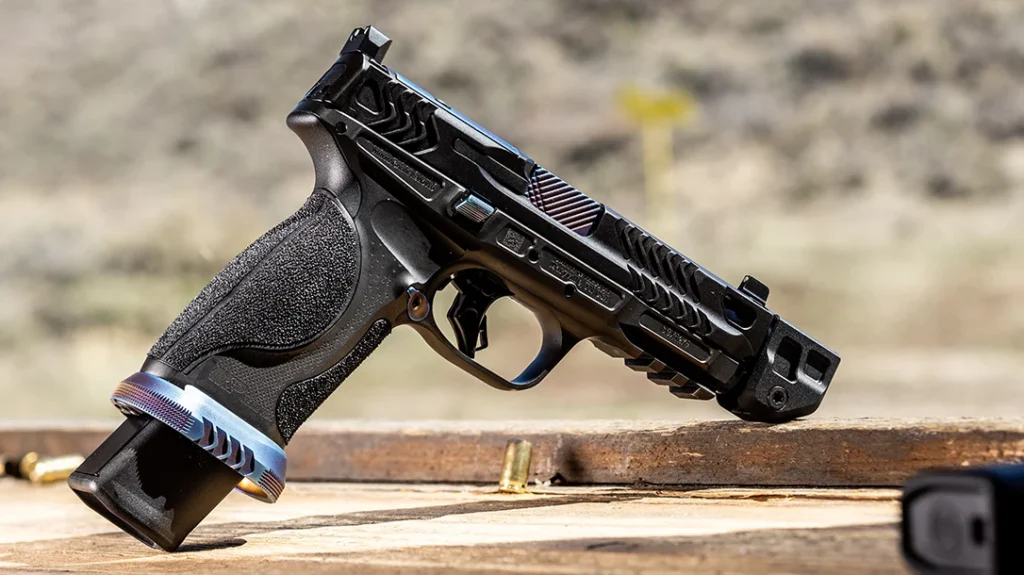Blocking a punch is a lot simpler than it seems. A perfectly placed and well-timed palm, forearm, or elbow is really all you need to learn. Let me rephrase that: “all you need to learn outside of timing, distance, and movement.” All the aforementioned are best learned with a training partner—at least in between solo sessions.
Blocking a Punch: Basic Techniques
In part two of this series, we will discuss some very basic blocks and concepts. Some people may feel that this information may be a little too basic. But we all know someone who has never been punched in the face or caught an uppercut to the gut. So, the basics are important.
In this article, we are going to cover the basics: the Inside Middle Block, the Outside Middle Block, and Cross-Block/Arm Control combinations.
Advertisement — Continue Reading Below
Blocks Alone Are Not Enough: Movement Is Life
If you stand static and throw a block, there is a decent chance that a punch may get through and hit you. Side-stepping, angles, and footwork are just as important as blocking, if not more so.
With good footwork, you can side-step and move out of the way of a punch without throwing a block. Conversely, with poor footwork and angles, you can step into a punch, face first, with a failed block.
In my opinion, it is always best to block, slip, and move to the outside of your attacker’s punch. As a result, you are moving to an angle that has you facing the would-be attacker’s ear. This angle would put you outside of the shoulder and in a good position to counterstrike.
Advertisement — Continue Reading Below
The Inside Middle Block
The Inside Middle Block is a cross block that essentially protects you from your chin to the middle of your body. This is called the “Inside Middle Block” because it swoops from the outside inwards across your body.
The block starts from your guard, keeping your fist and elbow vertical. It crosses from the outside of your chin and ribcage to the outside of the opposite side of your face and body.
The connecting part of your block can range from your hammer fist to your forearm. The consistent part of contact is the rolling of the “striking part” of your “blocking limb.” This means you should be turning your block into an attacking strike with force. The goal is to strike with your block, or as I call it, “attack the attack.”
Advertisement — Continue Reading Below
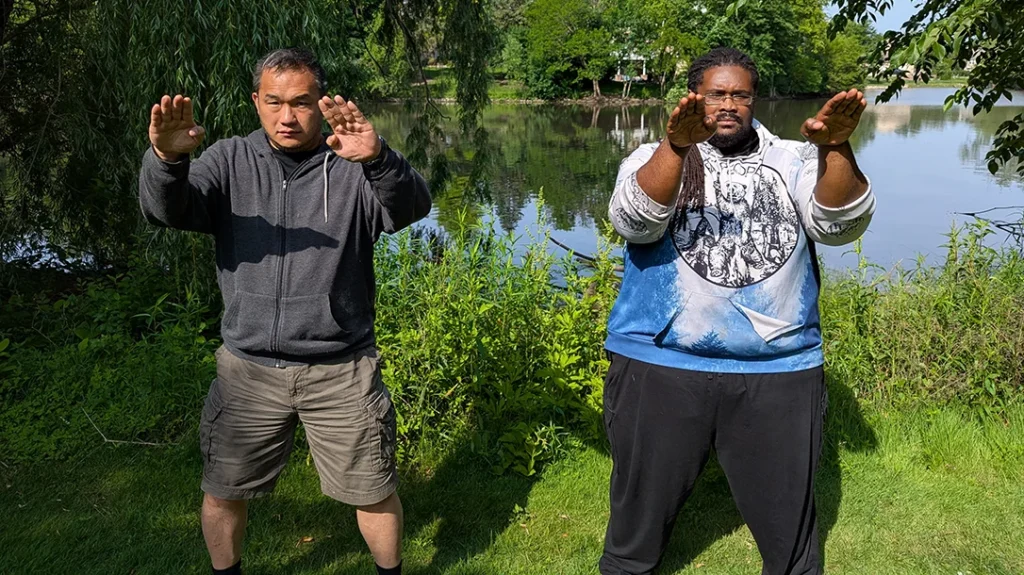

Demonstration
Advertisement — Continue Reading Below
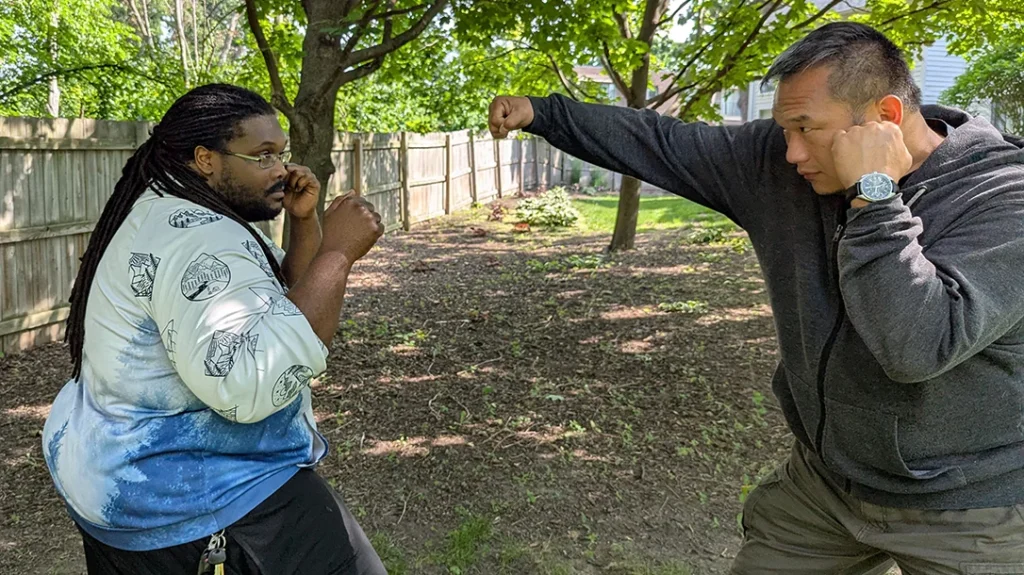
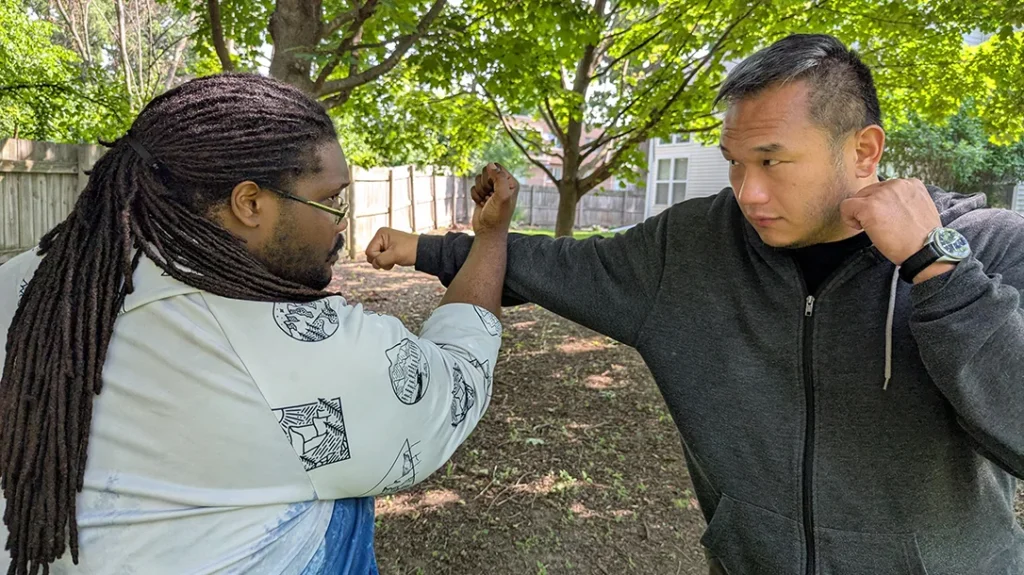
The Outside Middle Block
The Outside Middle Block is a cross block that essentially protects you from your chin to your ribcage, moving from the inside of your guard to the outside of your shoulder. This is the opposite of the sweeping motion of the “Inside Middle Block.”
Advertisement — Continue Reading Below
As before, the block starts from your guard, keeping your fist and elbow vertical. It crosses from the inside of your chin and ribcage to the outside of your body, meeting an attack and driving it “outward” and away from you. Again, your fist or forearm should be twisting and driving into the attack.

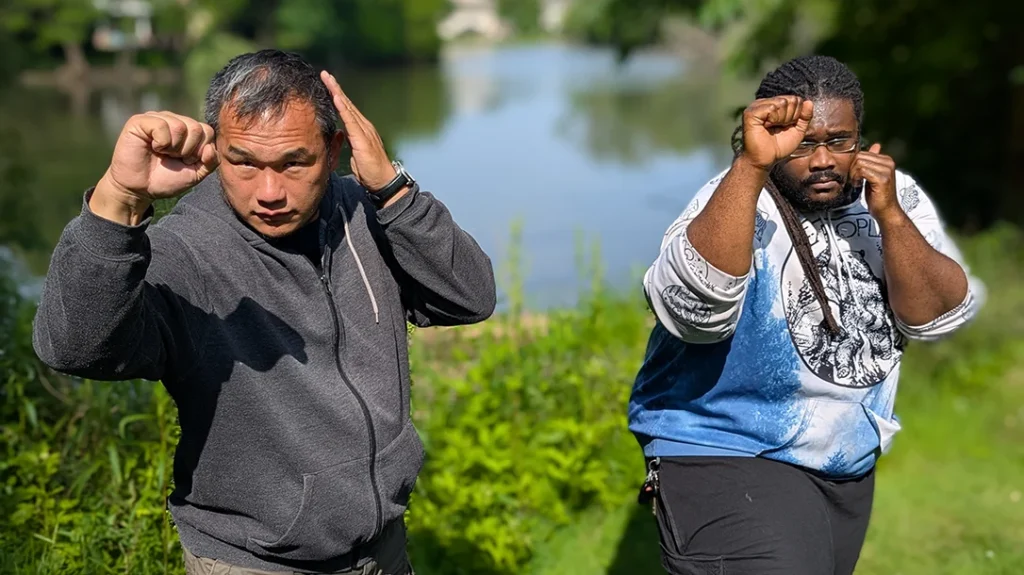
Advertisement — Continue Reading Below
Demonstration
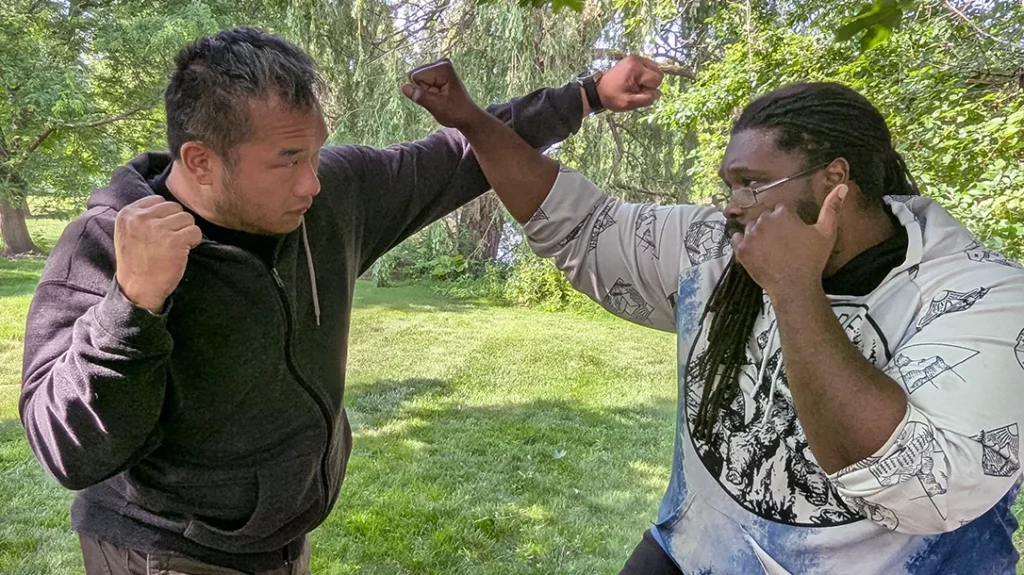
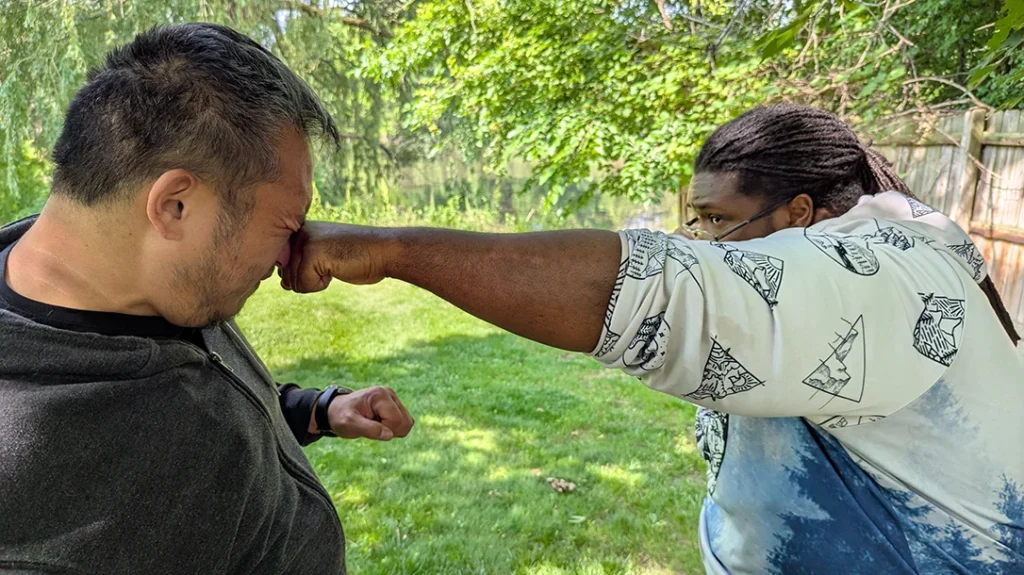
Advertisement — Continue Reading Below
The High Block
The high block is a “roof block”, meaning that it protects your head. While it resembles an outside middle block, it is a rising block that drives up and forward, twisting outward to drive a strike away.
For some reason, karate schools tend to teach this block going straight upwards. Don’t do that. Imagine that you have a shield, driving it up and out towards an attack, keeping your head below your blocking arm. Your block should look like half of a house rooftop with an angle for the strike to slide down and away from you.

Advertisement — Continue Reading Below

Demonstration
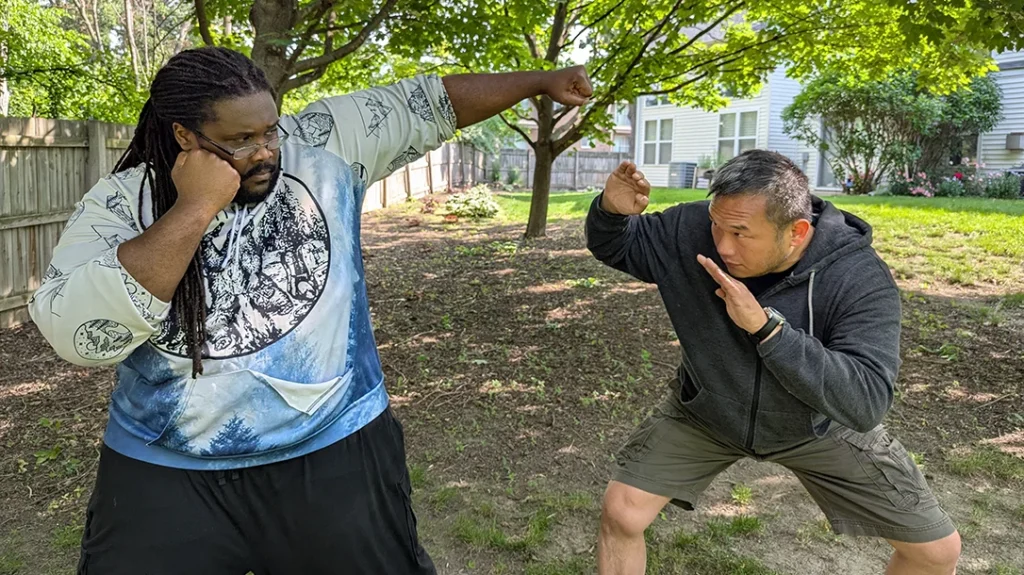
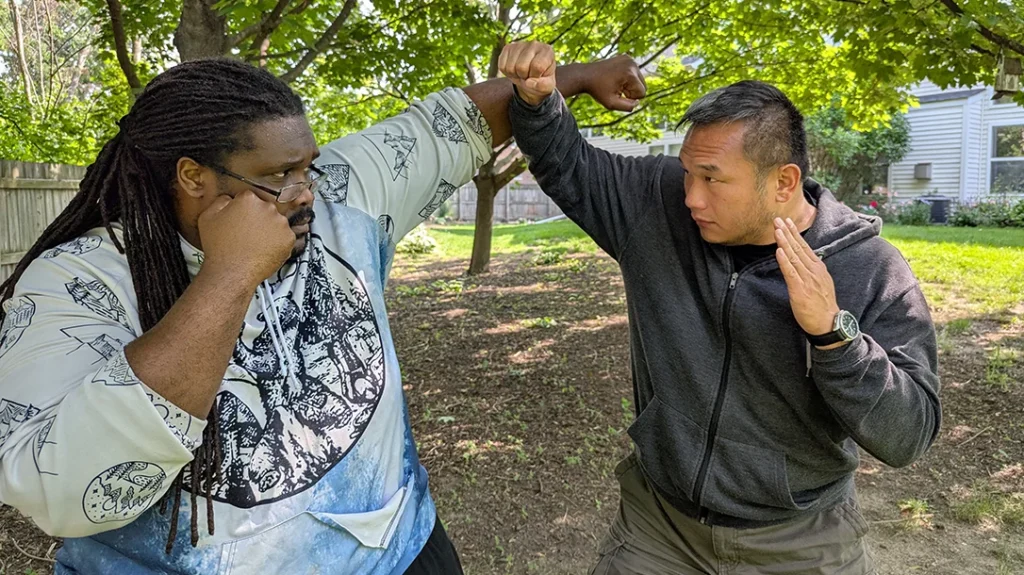
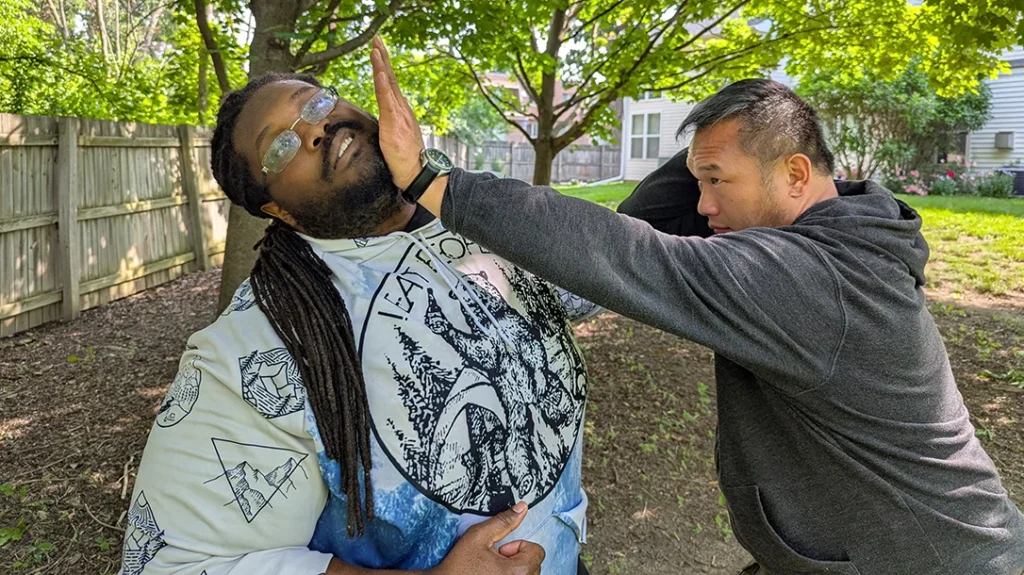
Arm-Control
Arm control can be either a “one-on-one” arm hold or a “two-on-one” arm hold, grab, or arm drag. It can prevent follow-up strikes from an attacker.
Arm control drills and tactics can take up an entire article. So, for the sake of word count, we will stay on topic and just focus on solid grabs or forearm checks that work well with the blocks.
Keep in mind that the entire goal of this article is to discuss and work on techniques that can help in the avoidance of getting hit in a fight. These are not counter strikes or fight-ending takedowns.
Sometimes getting hit in a fight is unavoidable. However, the ultimate end goal is to minimize the sheer number of times that you do get hit.
